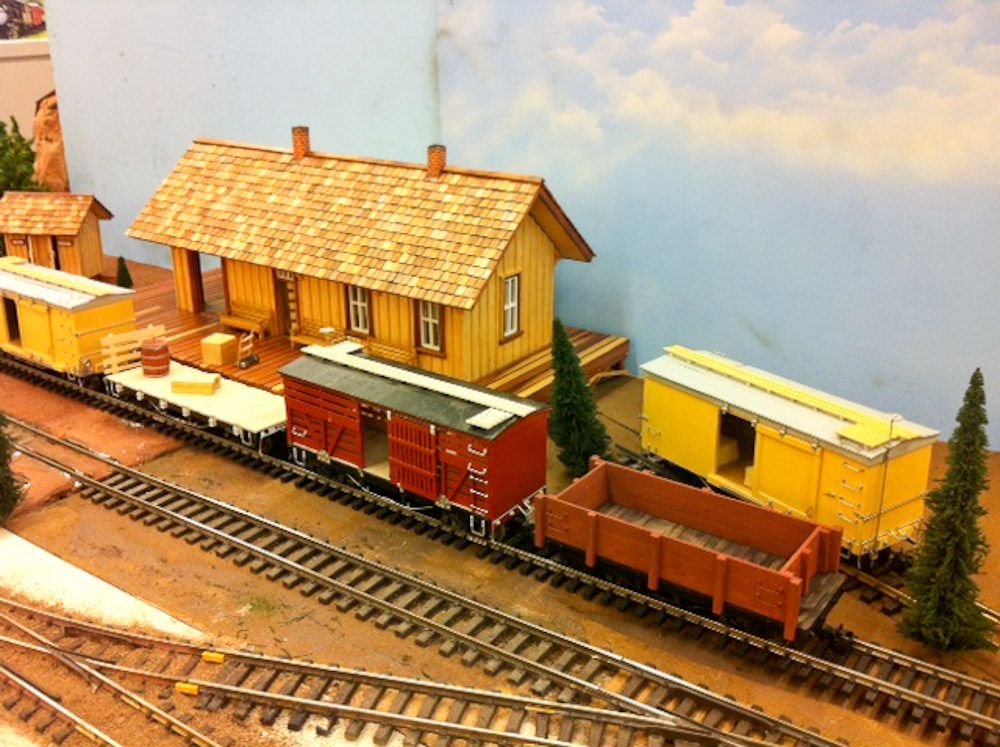The era is early 21st century…(http://www.largescalecentral.com/externals/tinymce/plugins/emoticons/img/smiley-tongue-out.gif). Not to answer for Dennis but I believed he did answer the question when he said
“Since my railroad is mountainous and curvy and requires mostly short line type cars, I decided to build
some 20ft in 20.3 scale boxcars, I am not into precise scaled or trying to make an exact replica of true prototypes.”
I would be curious if at every there were any “normal” narrow gauge freight equipment that small. But my guess is that this is about the “feel” of a small narrow gauge and practical for making small curves and steep inclines.


 Outstanding work. Perhaps you could post up some stuff in the tech modeling forum about how you go from a design to cutting out the parts? That would be way cool.
Outstanding work. Perhaps you could post up some stuff in the tech modeling forum about how you go from a design to cutting out the parts? That would be way cool.